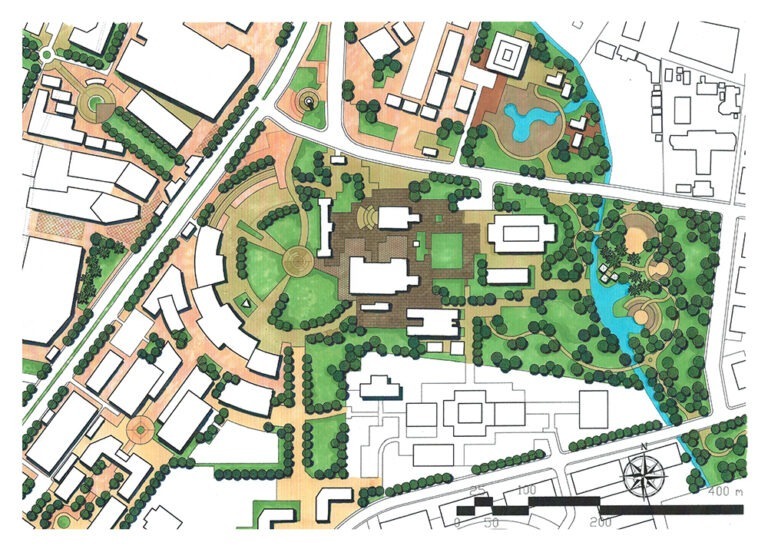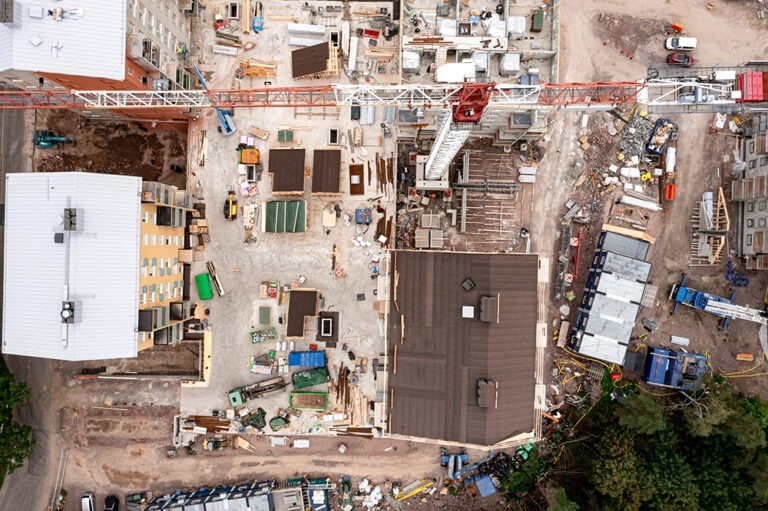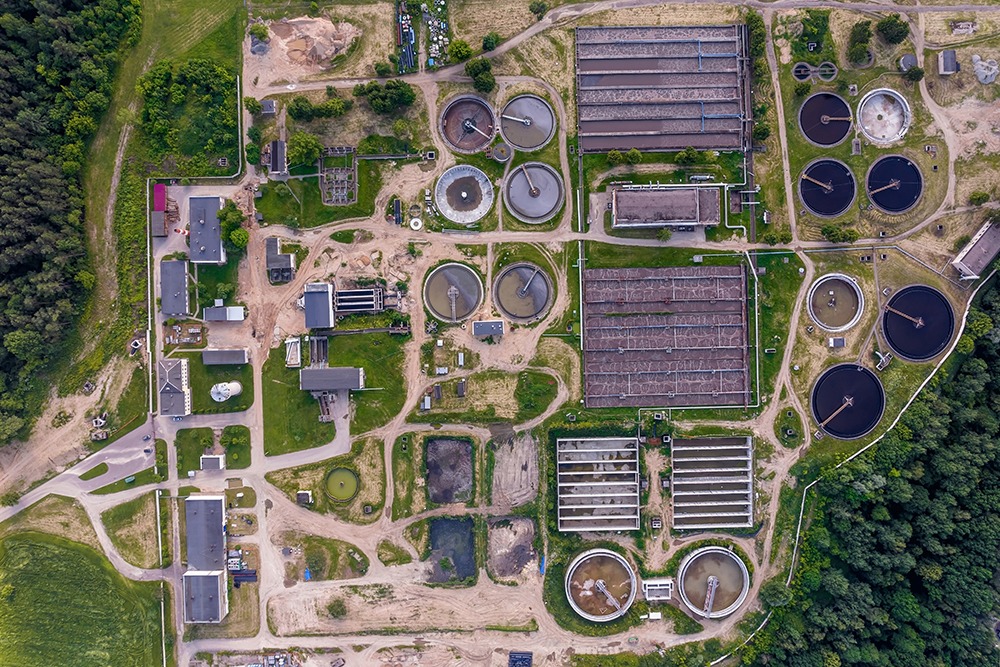Effective February 13, 2023, the US Environmental Protection Agency (EPA) took final action to amend its All Appropriate Inquiries (AAI) Rule to reference ASTM International’s published update E1527-21, “Standard Practice for Environmental Site Assessments: Phase I Environmental Site Assessment (Phase I ESA) Process.” This change indicates that, as of Feb. 13, ASTM E1527-21 will satisfy the requirements for conducting all appropriate inquiries under CERCLA.
Since the published update of ASTM E1527-21 in November 2021, Haley & Aldrich has cited and followed both the ASTM E1527-13 and the ASTM E1527-21 standards in the performance of our Phase I Environmental Site Assessment (ESA) work and the preparation of reports to meet the requirements of the ASTM standards and the AAI Rule. With the EPA’s adoption of the ASTM E1527-21 standard, we will perform our Phase I ESA work in conformance with the updated standard to continue to help our clients qualify for certain protections from liability under CERCLA.
Below, we provide information on the notable changes in the ASTM E1527-21 standard and their implications for Phase I ESA reports.
Updated definition of recognized environmental condition
The term has been updated to mean (1) the presence of hazardous substances or petroleum products in, on, or at the subject property due to a release into the environment; (2) the likely presence of hazardous substances or petroleum products in, on, or at the subject property due to a release or likely release into the environment; or (3) the presence of hazardous substances or petroleum products in, on, or at the subject property under conditions that pose a material threat of a future release into the environment. A de minimis condition is not a recognized environmental condition.

Notably, the updated definition of a recognized environmental condition now includes the word “likely”: a condition that “is neither certain nor proved but can be expected or believed by a reasonable observer based on the logic and/or experience of the environmental professional, and/or available evidence, as stated in the report to support the opinions given.”
Updated definition of historical recognized environmental condition
The ASTM committee also clarified the definition of a historical recognized environmental condition. It now means a previous release of hazardous substances or petroleum products affecting the subject property that has been addressed to the satisfaction of the applicable regulatory authority or authorities and meeting unrestricted use criteria established by the applicable regulatory authority or authorities without subjecting the subject property to any controls (for example, activity and use limitations or other property use limitations).
As before, a historical recognized environmental condition is not a recognized environmental condition, and the ASTM E1527-21 standard clarifies the distinction between the two conditions.
Identifying a historical recognized environmental condition requires a multistep process. Environmental professionals must document that process in the Phase I ESA report Findings and Opinions section(s), including their rationale for concluding that a finding is a historical recognized environmental condition. They should note the following:
- When determining whether a recognized environmental condition has been “addressed to the satisfaction of the applicable regulatory authority or authorities and meeting unrestricted use criteria established by the regulatory authority or authorities,” the environmental professional shall review reasonably ascertainable documentation and relevant data that demonstrate that unrestricted use criteria established by the applicable regulatory authority or authorities was met.
- A past release that qualified as a historical recognized environmental condition may no longer qualify if new conditions or information have been identified, such as, among other things, a change in regulatory criteria or a migration pathway not previously known or evaluated.
New appendix providing further discussion on recognized environmental conditions
The ASTM E1527-21 standard includes a new appendix (Appendix X4) dedicated to a discussion and further explanation of the three components of the recognized environmental condition definition. It also includes helpful examples to demonstrate recognized environmental conditions and matters that would not be considered recognized environmental conditions, historical recognized environmental conditions, controlled recognized environmental conditions, or de minimis conditions. Appendix X4 further includes a recognized environmental condition logic diagram to assist in navigating scenarios that could occur at a subject property.

Shelf life of Phase I ESA report
The ASTM E1527-21 standard provides clarity on the shelf life of the Phase I ESA report. All the following components of the Phase I report must be conducted or updated within 180 days of the date of acquisition or date of transaction:
- Interviews with owners, operators, and occupants.
- Searches for recorded environmental cleanup liens (a user responsibility).
- Reviews of federal, tribal, state, and local government records.
- Visual inspections of the subject property and of adjoining properties.
- The declaration by the environmental professional responsible for the assessment or update.
The E1527-21 standard requires environmental professionals to include the completion dates of each of these components in the Phase I report, and it stipulates that the 180-day period begins with the earliest completion date of the above items.
Historical resources
The ASTM E1527-21 standard provides clarity on the inclusion of historical resources. It gives examples of “standard historical resources” (aerial photographs, fire insurance [Sanborn] maps, city directories, topographic maps, building department records, interviews, property tax files, and zoning/land use records). Unlike the previous standard, the ASTM E1527-21 standard mandates that aerial photographs, fire insurance (Sanborn) maps, city directories, and topographic maps be reviewed for the subject property and adjacent properties, if these historical information sources are reasonably ascertainable. If one or more of these four historical resources cannot be reviewed, the environmental professional must include a statement in the Phase I ESA report indicating the reason(s).
As noted above, the ASTM E1527-21 standard now considers interviews to be historical use resources.
Consistent use of subject property
The ASTM E1527-21 standard mandates use of the term “subject property” to describe the property that is the subject of a Phase I ESA report. The terms “property,” “site,” and “subject site” should not be utilized in the Phase I ESA report.
Emerging compounds and other nonscope considerations
The ASTM E1527-21 standard added two new nonscope considerations: PCB-containing building materials (for example, interior fluorescent light ballasts, paint, and caulk) and substances not defined as hazardous substances (including some substances sometimes generally referred to as emerging contaminants).
Emerging contaminants include per- and polyfluoroalkyl substances (PFAS). The federal government currently does not classify PFAS as hazardous substances, and PFAS are not petroleum products.
When PFAS (or other emerging contaminants) are defined by the federal government as hazardous substances under CERCLA, as interpreted by EPA regulations and the courts, these substances will have to be evaluated within the scope of the ASTM E1527-21 standard. The EPA is expected to publish the final designation of PFAS as hazardous substances in the summer of 2023.
Please contact us at the author links below for more information on the standard or its implications for Phase I ESA reports.
Published: 1/17/2023
- Aerospace
- Education, healthcare, and cultural institutions
- Energy
- Environmental trusts
- Government infrastructure
- Industrial and manufacturing
- Mining
- Real estate developers
- Contaminated site management
- PFAS
Authors

Senior Project Manager

Senior Project Manager

Principal Consultant




